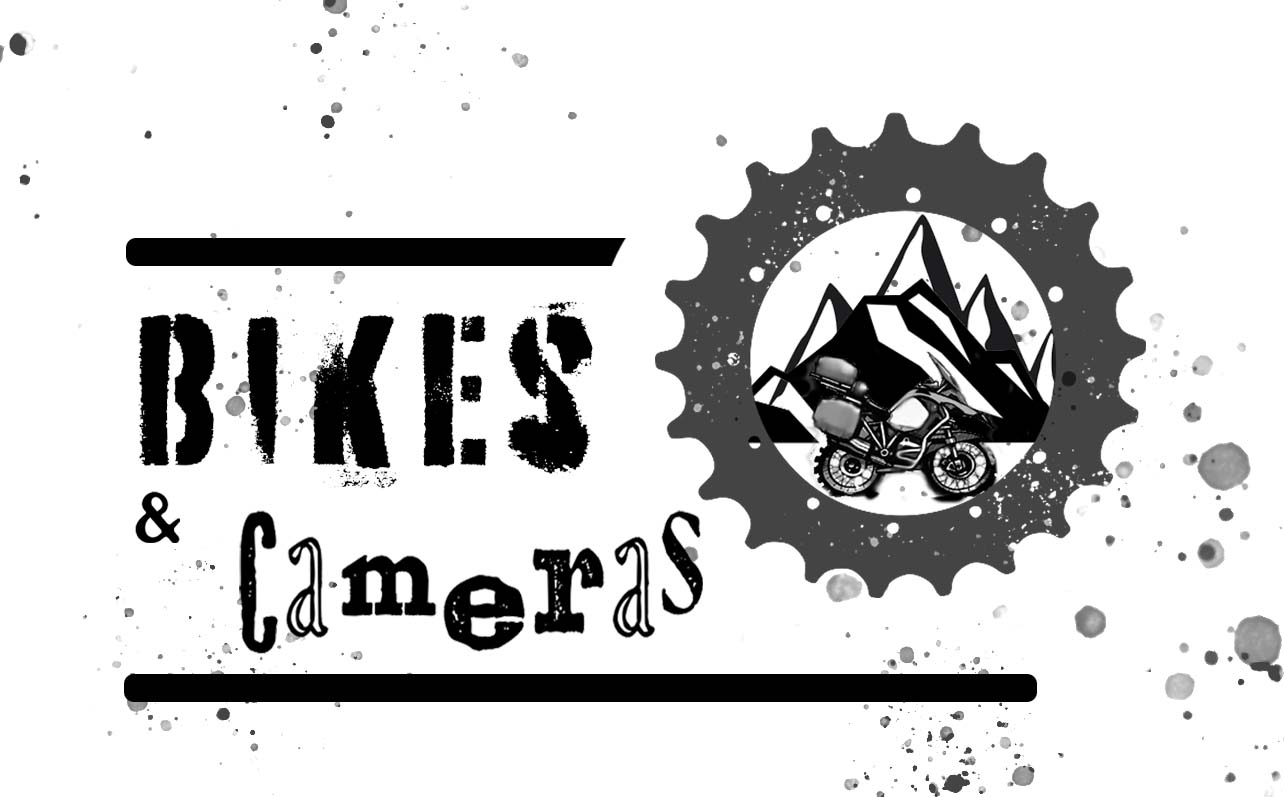We’re a well meaning bunch in the motorcycle community. We want everyone to enjoy this wonderful pastime we all love, and we also want everyone to be as safe as possible while they’re doing it. What this means is that we’re always ready to pass on the advice we were given as new riders.
The problem is – in our eagerness to give advice, we forget to stop and think about how useful that advice actually is. What is the new rider going to do with that advice we’re giving them? Is the advice we’re giving them actually advice they can act on? or is it just a sound bite we’ve heard perpetuated over-and-over again?
1. The motorcycle is more capable than you are
This one is top of my list. This advice usually comes when someone asks for advice on cornering. Maybe they’re nervous on bends, maybe they’re asking what to do if they hit a corner too fast – and they’ll get told ‘the motorcycle is more capable than you are’
Ok. So what do I do with that? twist my wrist and let the bike figure out what to do?
My major gripe with this advice is that it can really only mean two things. Either the bike is so good that it will bail you out to a level outside of your control as a rider. Seems suspect to me. Alternatively, it can mean that the bike is great, but you’re riding it and you’re not great – so I’m afraid you’re f****d.
You hear this same platitude about tyres as well – ‘Modern tyres are better than most riders’ Ok. So what, no one will ever lose traction? I think not. The reality is that, yes, bikes and tyres are good and can be pushed quite far. However, Both are limited by the skill of the rider. Knowing that bikes and tyres are good without any other information, does absolutely f**k all to help you get round a corner in the heat of the moment.
So what advice should we give?
What we’re really trying to say here, is to have confidence in your equipment. The things that are going to make you ditch it in a corner are getting scared you might not make it and grabbing one of the brakes, chopping the throttle and not being brave enough to lean the bike over enough to make the turn. Having the confidence in your machine will help you navigate those moments that un-nerve you. That being said though – the real solution to all of these scenarios of course…is to learn throttle control…
2. Learn ‘throttle control’
And so we get onto number 2. This is the quintessential example of absolutely-not-advice dressed up as advice. ‘Go and learn a thing’ ok. How? How do I learn this skill that you’ve described with a whole 2 words?
Again we typically get this advice as an example again when someone is trying to figure out how to manage corners and improve cornering confidence.
So again, what advice can we actually give new riders that they can act on here?
What we’re talking about when say learn throttle control – is learning how to control your speed, and use engine braking and positive throttle to hold your speed and maintain traction. So here’s some advice we might give new riders on how to ‘learn throttle control’
What throttle control actually is comes down to is speed and gear selection. Choosing an appropriate speed to enter the corner – followed by an appropriate gear that allows them to control that chosen speed and traction through the corner.
The common issue that needs correcting in new riders, is that they are often in too high a gear on corner entry because they haven’t planned the corner. This leaves them needing to shed more speed than rolling off the throttle in their current gear will allow – leaving them with no engine breaking, and no positive throttle as they enter the corner. The result is a rider cruising through the corner as a passenger with no control over the speed of the bike and hoping for the best.
Setting up the speed well ahead of the corner, and setting a low gear, meaning the bike is revving high, means there is more room to gently roll off the throttle if you find your speed is that bit too high, while also allowing the rider to hold an engaged throttle through the corner, which gives you traction, and that feeling of the engine ‘holding’ you in the curve. It also sets you up to roll on and lift the bike up as the corner opens up.
All of this control that you get through the throttle, fundamentally all comes from simply being in a lower gear.
3. Ride like everyone’s trying to kill you
Ok. We understand where this sentiment comes from. Riding a motorcycle is dangerous, and you need to be aware of that. We get it.
What really grinds my gears about this statement is…
1. Its unnecessarily scare-mongering for new riders
2. It’s not true
3. It kills rider confidence
4. HOW. HOW do I ride like everyones trying to kill me.
5. It massively over simplifies the issue of learning to ride safely and there is so much more actionable advice you could give, and it’s frankly just lazy.
In place of this advice, you could talk about road positioning to give safety margins, how you might position yourself passing junctions, how to position yourself for oncoming traffic, or going over the crest of a hill. Let’s do better at giving new riders real advice they can act on to be safer.
Ride like you’re invisible
See above. Same principal. Ride like you’re less visible… and here’s how etc.
There are those who have gone down, and those who are going down.
And this is the big one. Of all the platitudes that need to die – this is the big one.
This one’s born out of the same era when it was still a thing to ‘lay down a bike’ (don’t get me started on every social influencer who’s got upset about people saying ‘they had to lay a bike down’ when no one has actually said this in seriousness since the 80’s)
On top of unnecessary, and unhelpful scare monger this brings – It’s mostly just spouted by people who have f****d up at some point and really only serves to make crashers feel like their particular crash was all part of the grand inevitable design of motorcycling life – and really none of their responsibility at all.
So what’s the truth? yep. most people will drop their bike at some point. But also most of those people will either drop it at a stand still or have a low speed drop at less that 20mph which doesn’t leave any more than bruised pride, a scratched frame slider and a bit of coolant on the road.
Stop telling new riders that crashing is normal. And certainly stop telling them that major, life threatening crashes are inevitable. Teach that riders can do many many miles without every taking a slide on the tarmac – provided that they take the time to learn to ride, and learn to ride safely.
Got any more examples of advice we need to give better? maybe you disagree and think this stuff is helpful? let me know in the comments…




Hi Nick,
Thoroughly enjoyed all your write-ups.
I’m from India and can thoroughly relate to much of what you’ve written(Even though the Motorcycle that I ride is a only a 400cc monster(with a small m)).
I and my friends regularly go on long rides and have covered most parts of my country.
When I had a lighter 150cc ride(Street bike) in my younger days, have covered a lot of off-road circuits as well.
I’m 37 years old now & 5’10” tall and my current street biased motorcycle has a mass on moon twice as much as my slender body weighs on planet Earth.
I still go on off-road trails in the dreaded Rainforests of the western ghats, but always with a confidence level of that of a novice(having dropped the bike at various points).
Still love the Off-road trails more than Tarmac only that I ride a street bike(with ABS always on).
But unable/scared to upgrade to a proper Adventure bike as the ones that are available in India are underpowered and/or overweight.
The one I want, the KTM 790 adv(which weighs the same as my current ride) is not available in India yet. Until it’s available, I’ll continue my off-road sojourns with more training(YouTube videos) with my current ride.
Again, your blog kinda pushes me to go for an off-road training course only that I’ll be shoo’d away on seeing my ride(Bajaj Dominar 400).